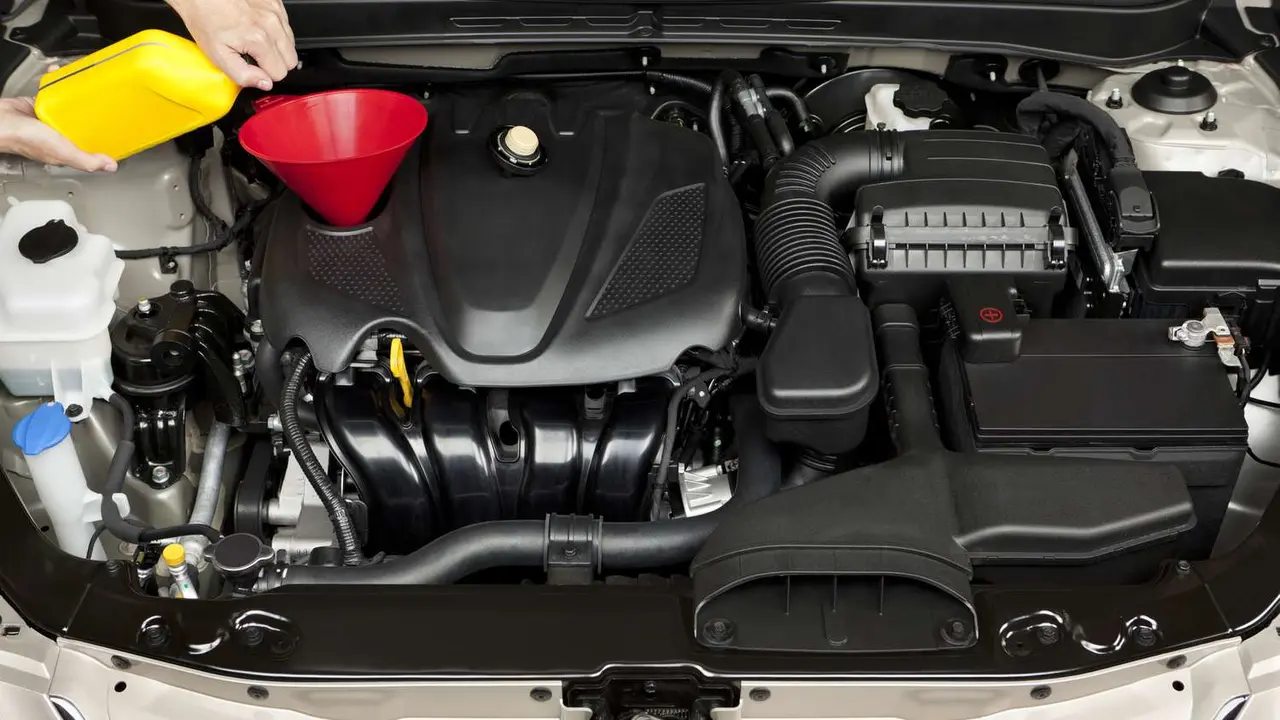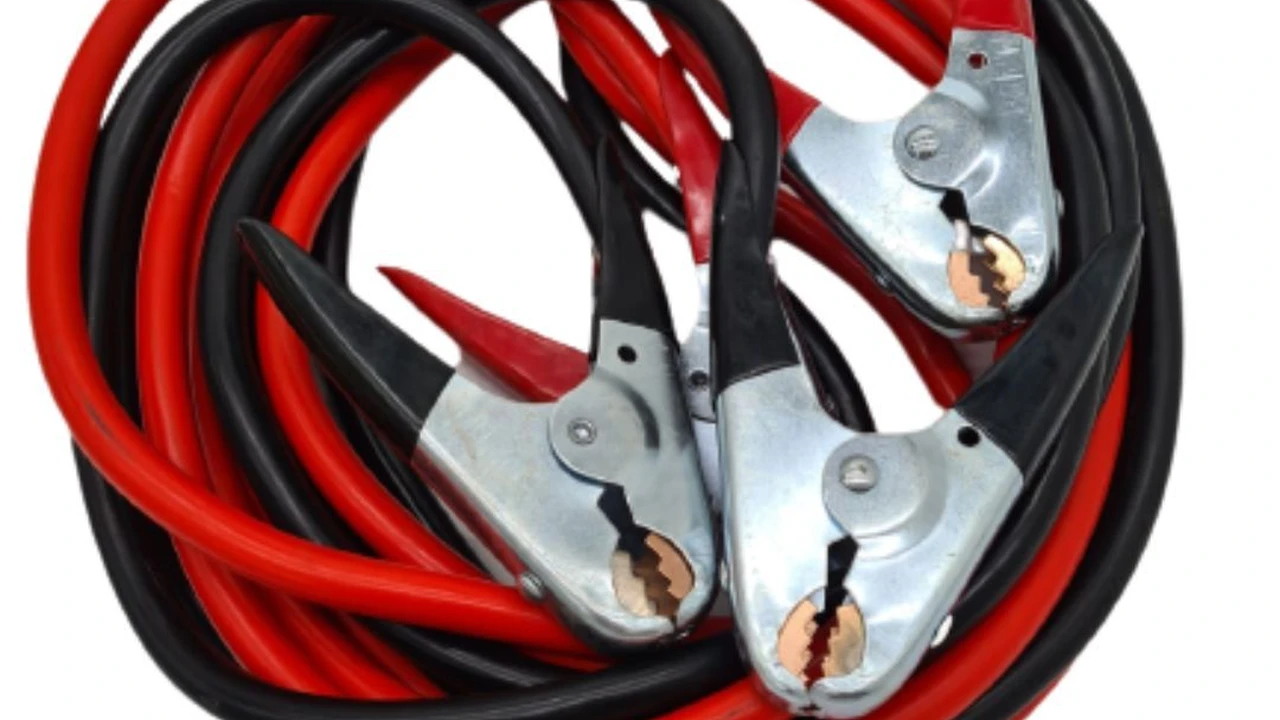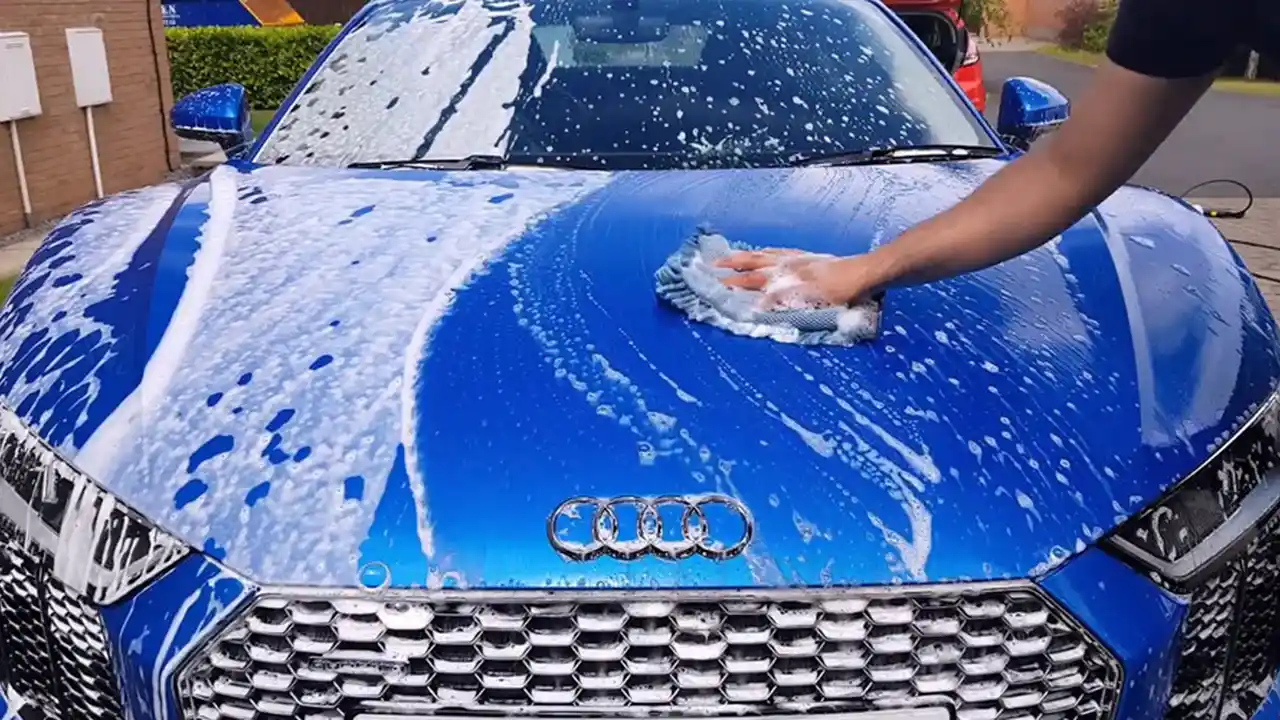Checking and Adding Engine Oil: A Beginner's Guide

Why Engine Oil is Crucial Car Maintenance Basics
Alright, let's talk engine oil. It's like the lifeblood of your car. It keeps everything running smoothly, reduces friction, and prevents your engine from seizing up like a rusty hinge. Ignoring your oil is like ignoring your own health – it'll catch up to you eventually, and the repair bills will be a lot more painful than a simple oil change. Think of it as preventative medicine for your engine. We're talking about extending the life of your car and avoiding major headaches down the road.
Understanding Your Engine Oil Different Types and Viscosities
Okay, so you know oil is important. But what kind should you use? This is where things can get a little confusing. You'll see terms like "5W-30" and "synthetic" thrown around. Let's break it down. The numbers (like 5W-30) refer to the oil's viscosity, which is how thick it is. The "W" stands for Winter, and the first number indicates how well the oil flows at cold temperatures. The second number indicates how well it flows at operating temperatures. Your car's owner's manual will tell you exactly what viscosity is recommended. Stick to that! As for synthetic vs. conventional, synthetic oils are generally better. They're more resistant to breakdown, offer better protection at extreme temperatures, and can even improve fuel economy. Conventional oils are cheaper, but they might not offer the same level of protection, especially in older cars or demanding driving conditions. There are also synthetic blends, which are a compromise between the two. Again, consult your owner's manual. It's your best friend in this situation.
Step-by-Step Guide How to Check Your Engine Oil Level
Alright, time to get your hands a little dirty (or wear gloves, we won't judge). Here's how to check your engine oil level:
- Park on Level Ground: This is super important for an accurate reading.
- Let the Engine Cool Down: Ideally, wait at least 10-15 minutes after driving. Hot oil can give you a false reading and, well, it's hot!
- Locate the Dipstick: It's usually brightly colored (often yellow or orange) and clearly marked. Consult your owner's manual if you're not sure where it is.
- Pull Out the Dipstick: Wipe it clean with a rag or paper towel. This is crucial!
- Reinsert the Dipstick Fully: Make sure it goes all the way in.
- Pull it Out Again: Now check the oil level. There will be markings on the dipstick indicating the "full" and "low" levels.
- Interpret the Results: If the oil level is between the two marks, you're good to go. If it's closer to or below the "low" mark, you need to add oil.
Adding Engine Oil The Right Way Top Up Techniques
Okay, so you need to add oil. Don't panic! It's easier than you think.
- Identify the Oil Fill Cap: It's usually marked with an oil can symbol.
- Remove the Oil Fill Cap: Unscrew it.
- Use a Funnel: This prevents spills. Trust me, you don't want to clean up spilled oil.
- Add Oil Gradually: Don't just dump in a quart! Add a little at a time (maybe half a quart), wait a minute or two for it to settle, and then check the dipstick again.
- Repeat as Needed: Keep adding oil until the level is between the "full" and "low" marks on the dipstick.
- Replace the Oil Fill Cap: Screw it on tight.
- Check the Dipstick One Last Time: Just to be sure.
Choosing the Right Engine Oil Products Recommendations and Reviews
Now, let's talk about some specific oil recommendations. Keep in mind that the best oil for your car depends on its age, mileage, and driving conditions. Always consult your owner's manual first!
Synthetic Oils:
- Mobil 1 Extended Performance: This is a top-of-the-line synthetic oil that offers excellent protection and can extend oil change intervals. It's a great choice for newer cars and those who want the best possible protection. Expect to pay around $25-$35 per 5-quart jug.
- Use Case: Ideal for high-performance vehicles, vehicles driven in extreme temperatures, or those seeking extended oil change intervals.
- Castrol Edge: Another excellent synthetic oil that provides superior wear protection and helps maintain engine cleanliness. It's a good all-around choice for most vehicles. Expect to pay around $20-$30 per 5-quart jug.
- Use Case: Suitable for everyday driving, stop-and-go traffic, and vehicles requiring a robust oil film strength.
- Pennzoil Platinum: This synthetic oil is known for its excellent cleaning properties and helps prevent sludge buildup. It's a good choice for older cars or those with a history of infrequent oil changes. Expect to pay around $20-$30 per 5-quart jug.
- Use Case: Recommended for vehicles with high mileage, engines prone to sludge formation, or those seeking improved fuel economy.
Synthetic Blend Oils:
- Valvoline MaxLife High Mileage: This is a synthetic blend specifically formulated for vehicles with over 75,000 miles. It contains seal conditioners to help prevent leaks and reduce oil consumption. Expect to pay around $15-$25 per 5-quart jug.
- Use Case: Designed for older vehicles with worn seals, high oil consumption, or those seeking to extend engine life.
- Quaker State High Mileage: Another good option for high-mileage vehicles, offering similar benefits to Valvoline MaxLife. Expect to pay around $15-$25 per 5-quart jug.
- Use Case: Suitable for vehicles with over 75,000 miles, engines experiencing oil leaks, or those seeking improved wear protection.
Conventional Oils:
- Castrol GTX: A reliable conventional oil that provides good protection for older cars and those on a tight budget. Expect to pay around $10-$15 per 5-quart jug.
- Use Case: Recommended for older vehicles with low mileage, engines not requiring synthetic oil, or those seeking an affordable oil change option.
- Valvoline Daily Protection: Another solid conventional oil option that offers decent protection for everyday driving. Expect to pay around $10-$15 per 5-quart jug.
- Use Case: Suitable for vehicles with low mileage, engines not requiring synthetic oil, or those seeking a basic oil change service.
Engine Oil Brands Comparison and Pricing Guide
Let's break down a little more of the brands. Mobil 1 is generally considered a premium brand, offering the highest level of protection and performance. Castrol is a well-respected brand with a wide range of products to suit different needs and budgets. Pennzoil is known for its cleaning properties and is a good choice for older cars. Valvoline is a reliable brand with a long history in the automotive industry. Quaker State is a more budget-friendly option that still provides adequate protection. As you can see prices vary, and you can often find sales at auto parts stores, big box stores, and online retailers. Keep an eye out for deals!
Engine Oil Change Frequency When and How Often to Check and Change
So, how often should you change your oil? This is another question that depends on several factors, including the type of oil you use, your driving habits, and your car's manufacturer's recommendations. As a general rule, conventional oil should be changed every 3,000-5,000 miles, while synthetic oil can often last 7,500-10,000 miles or even longer. However, it's always best to consult your owner's manual for the specific recommendations for your car. Also, if you do a lot of stop-and-go driving, tow heavy loads, or drive in extreme temperatures, you may need to change your oil more frequently.
Tools and Equipment Needed for Checking and Adding Oil
Here's a quick rundown of the tools you'll need:
- Oil: The correct type and viscosity for your car.
- Funnel: To prevent spills.
- Rag or Paper Towels: For wiping the dipstick and cleaning up any messes.
- Gloves (Optional): To keep your hands clean.
- Oil Filter Wrench (If you're changing the oil): To remove the old oil filter.
- New Oil Filter (If you're changing the oil): The correct filter for your car.
- Drain Pan (If you're changing the oil): To catch the old oil.
- Wrench for the Drain Plug (If you're changing the oil): To remove the drain plug.
Common Mistakes to Avoid When Checking and Adding Engine Oil
Here are a few common mistakes to watch out for:
- Overfilling the Oil: This can damage your engine. Always check the dipstick and add oil gradually.
- Using the Wrong Type of Oil: Always consult your owner's manual.
- Forgetting to Replace the Oil Fill Cap: This can lead to oil leaks.
- Not Checking the Oil Level Regularly: Make it a habit!
- Ignoring Warning Lights: If your oil pressure light comes on, pull over immediately and check your oil level.
Troubleshooting Common Engine Oil Issues and Problems
Sometimes, you might encounter some issues with your engine oil. Here are a few common problems and how to troubleshoot them:
- Low Oil Pressure: This could be caused by a low oil level, a clogged oil filter, or a faulty oil pump. Check your oil level first. If it's low, add oil. If the problem persists, you may need to take your car to a mechanic.
- Oil Leaks: Oil leaks can be caused by worn seals, gaskets, or O-rings. Check for leaks around the oil filter, drain plug, and valve cover. If you find a leak, you may need to replace the affected part.
- Milky or Foamy Oil: This could indicate that coolant is leaking into your oil. This is a serious problem that can damage your engine. Take your car to a mechanic immediately.
- Sludge Buildup: Sludge is a thick, black deposit that can build up in your engine due to infrequent oil changes or using the wrong type of oil. If you suspect sludge buildup, you may need to have your engine flushed.
The Importance of Regular Car Maintenance Beyond Engine Oil
Checking and adding oil is just one part of regular car maintenance. You should also regularly check your other fluids (coolant, brake fluid, power steering fluid), tire pressure, and brakes. Regular maintenance will help keep your car running smoothly and prevent expensive repairs down the road. Don't neglect it!
:max_bytes(150000):strip_icc()/277019-baked-pork-chops-with-cream-of-mushroom-soup-DDMFS-beauty-4x3-BG-7505-5762b731cf30447d9cbbbbbf387beafa.jpg)





